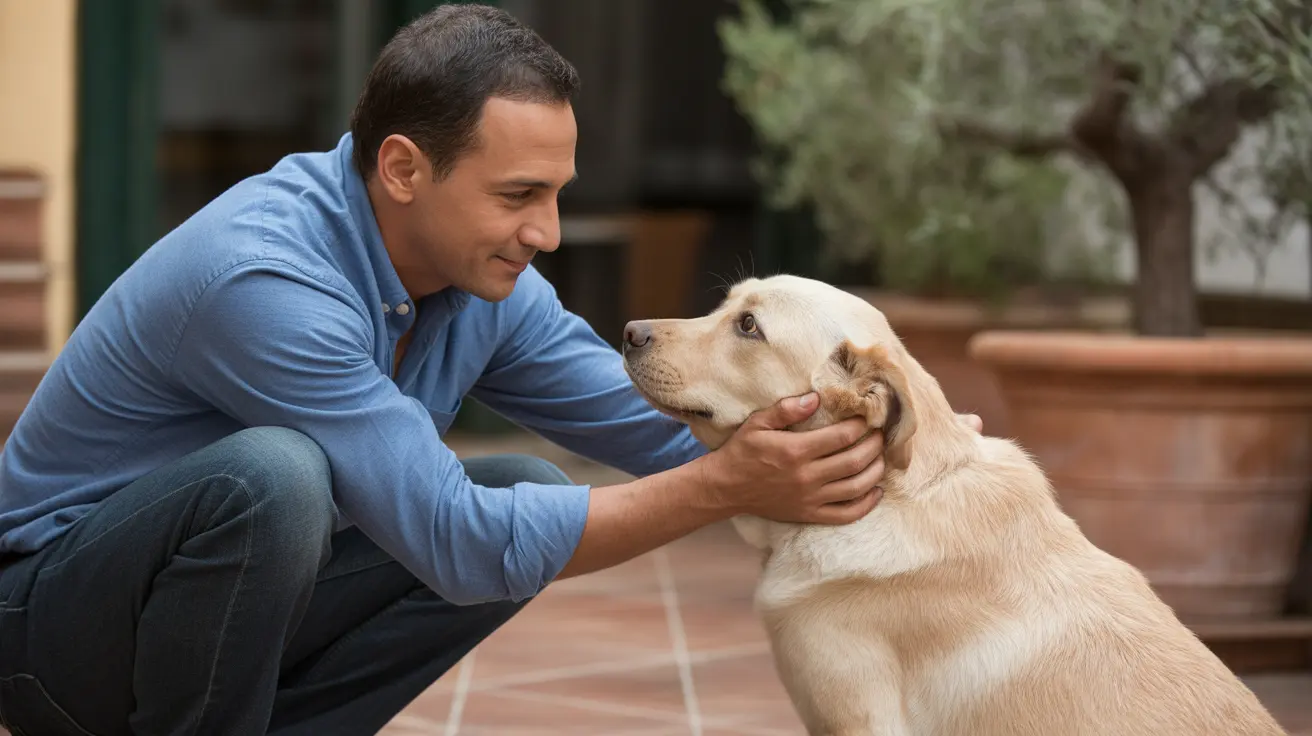Understanding Why Vet Bills Are So High
Many pet owners are startled by the cost of veterinary care, especially when faced with unexpected illnesses or emergencies. It's not just your imagination—vet bills have risen sharply in recent years. Let's break down the reasons behind these high costs and what you can do to manage them.
Major Drivers of Rising Veterinary Costs
Several interconnected factors contribute to the rising price of vet care:
- Increased Prices for Medical Supplies and Pharmaceuticals: Like human medicine, veterinary practices rely on a steady supply of drugs and equipment. As these become more expensive, clinics must adjust their fees to cover costs.
- Higher Operating Expenses: Running a modern animal hospital isn't cheap. Clinics face rent, utilities, insurance, building maintenance, and the need to stock a wide range of medications and specialty foods.
- Investment in New Technologies: Pet owners now expect access to advanced diagnostics and treatments—think digital X-rays or laser surgery—which require costly equipment and ongoing upkeep.
- Longer Pet Lifespans: Pets are living longer thanks to better nutrition and preventive care. Older pets often develop more complex health issues that require frequent or specialized treatment.
Add to this the fact that most veterinary care is paid directly by owners (unlike human healthcare, which is often covered by insurance), and it's easy to see why costs feel overwhelming.
The Impact of Corporate Ownership
A significant trend over the past decade is the consolidation of veterinary practices by large corporations and private equity firms. Companies like Mars Inc., JAB Holding Company, and others now own a large share of clinics in both the U.S. and UK. This shift has coincided with dramatic price increases—over 60% since 2014 in the U.S., for example.
Corporate-owned clinics often bundle services (acting as primary care providers, labs, pharmacies, and food stores under one roof), resulting in higher single bills for clients. Vets working at these chains sometimes report pressure to meet revenue targets or procedural quotas. Critics argue that this focus on profitability can drive up prices further.
The Structure of Veterinary Hospitals
Your local vet clinic wears many hats: it's an exam room, pharmacy, laboratory, surgical suite, even a pet food store—all under one roof. This bundled approach means you receive a single bill covering everything from diagnostics to medications. In contrast, human healthcare divides costs among multiple providers and insurers.
Veterinarians themselves also face significant financial pressures. Years spent in school often result in large student loan debts. To maintain high standards of care (and comply with regulations), clinics must invest in trained staff and maintain expensive diagnostic equipment.
Lack of Widespread Pet Insurance
Unlike human medicine where insurance covers most expenses, only a small percentage of pets have insurance coverage in the U.S. That leaves most owners paying out-of-pocket for every procedure or medication—leading to "sticker shock" when they see the final bill.
The Human Cost: Tough Choices for Owners
The financial strain is real: surveys show that over half of U.S. pet owners have skipped or declined necessary vet care due to cost concerns—sometimes even lifesaving interventions. Some aren't offered payment plans or affordable alternatives by their vets; others simply can't find low-cost options nearby.
- Surrendering Pets: Animal welfare organizations report more people giving up their pets because they can't afford medical treatment.
- Euthanasia Decisions: Rising costs mean some owners choose euthanasia over potentially treatable conditions if they can't pay for care.
Coping Strategies for Pet Owners
If you're worried about affording vet bills, there are practical steps you can take:
- Pursue preventive care: regular check-ups, vaccinations, parasite control, and healthy diets can catch problems early (saving money down the line).
- Ask your vet for itemized estimates before agreeing to procedures; compare prices at different clinics if possible.
- Look into pet health insurance or set up a dedicated savings account for emergencies.
- Explore payment plans or financing options—some clinics offer interest-free credit plans or wellness programs that spread out costs over time.
- If needed, seek out grants or charitable organizations that help cover emergency expenses.
The Role of Regulation & Transparency
Regulators in both the U.S. and UK are investigating whether corporate consolidation is reducing competition and driving up prices further. Suggestions include requiring clearer pricing from clinics—and possibly capping prices on some services—to help consumers make informed choices.
The Bottom Line
The rise in vet bills reflects a complex mix of economic forces: higher supply costs, advanced treatments, business pressures from corporate ownership, limited insurance coverage, and broader financial strains on households. While these challenges aren't easy to solve overnight, being proactive about preventive care—and seeking transparent pricing or payment options—can help you manage your pet's health without breaking the bank.





